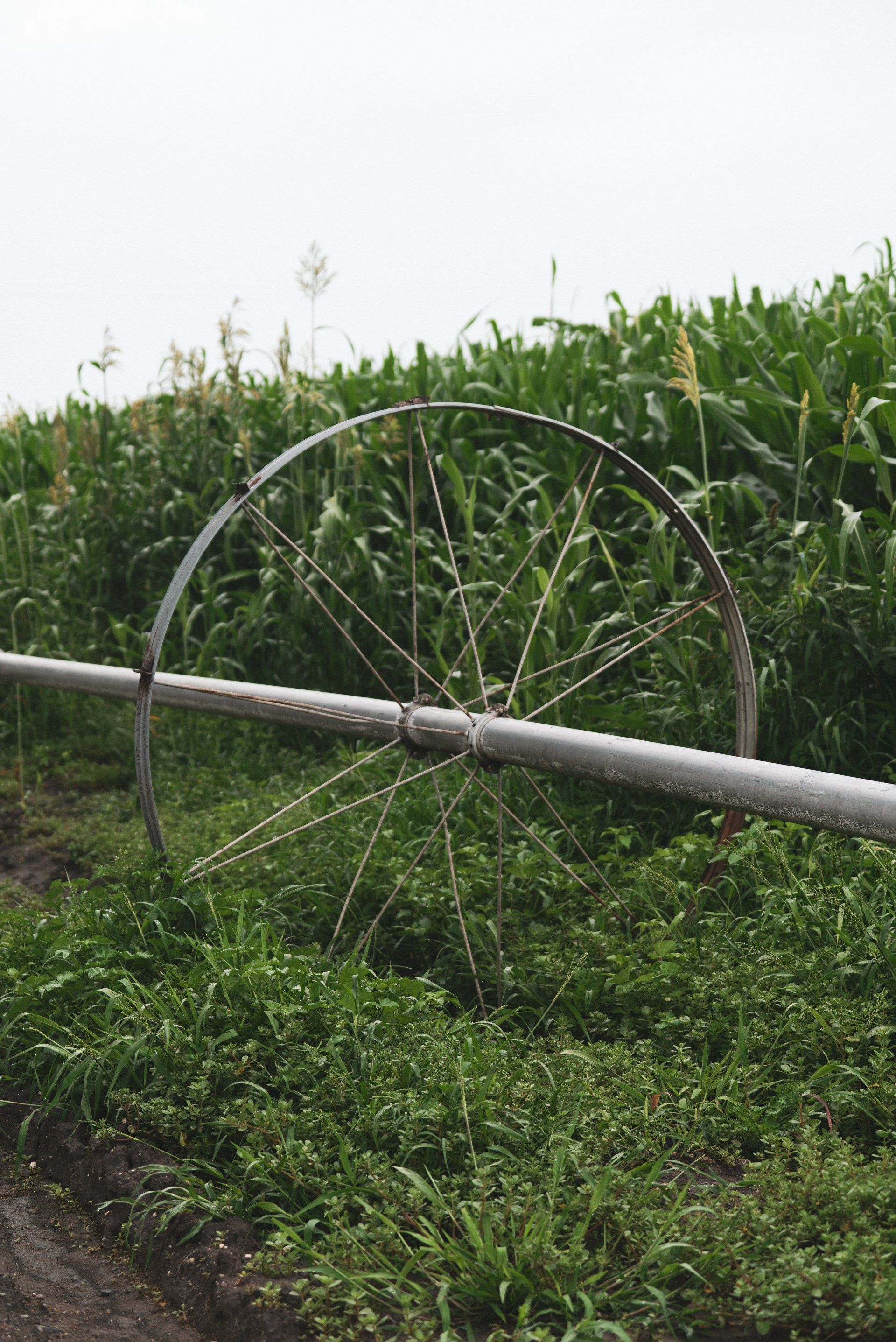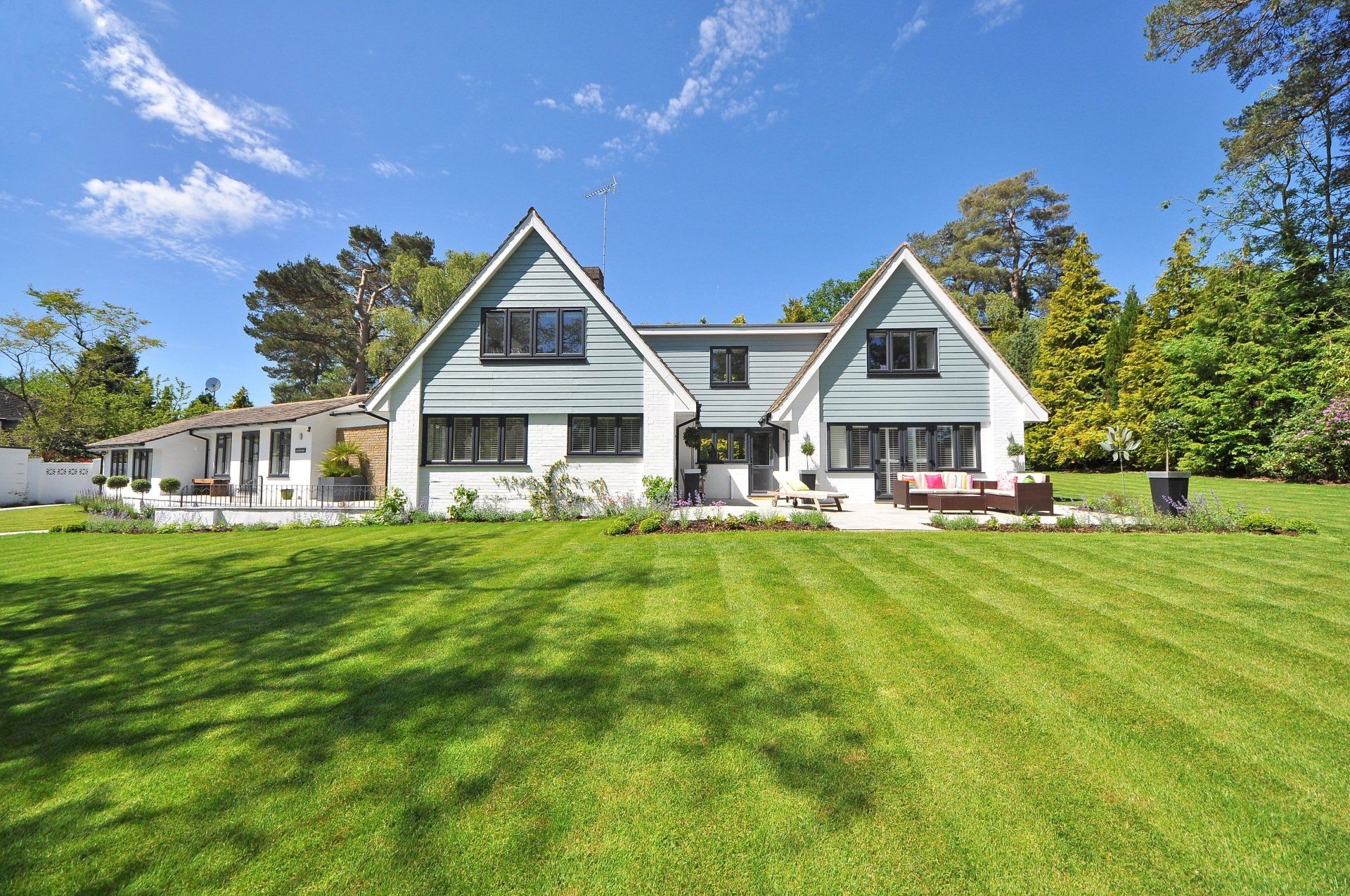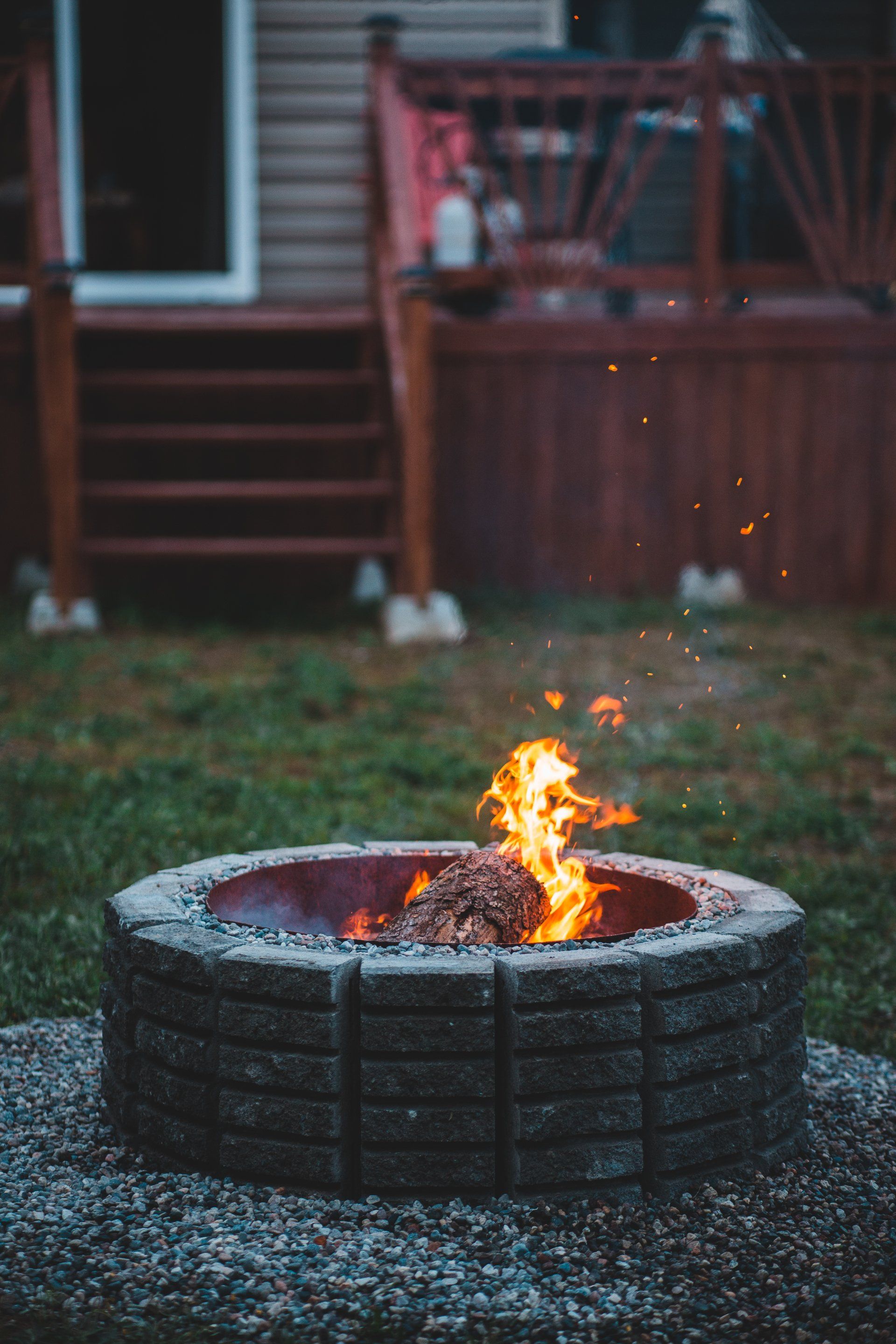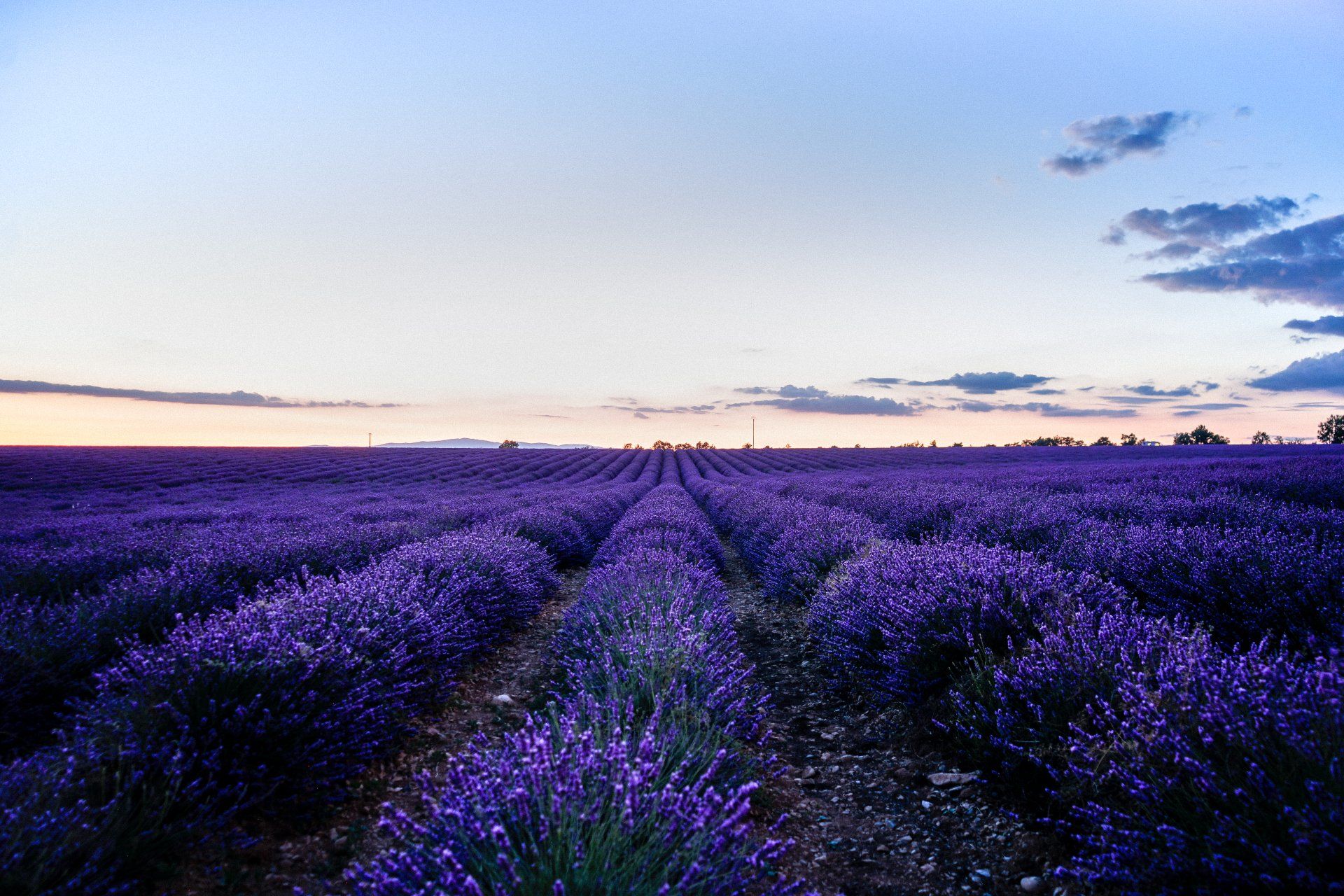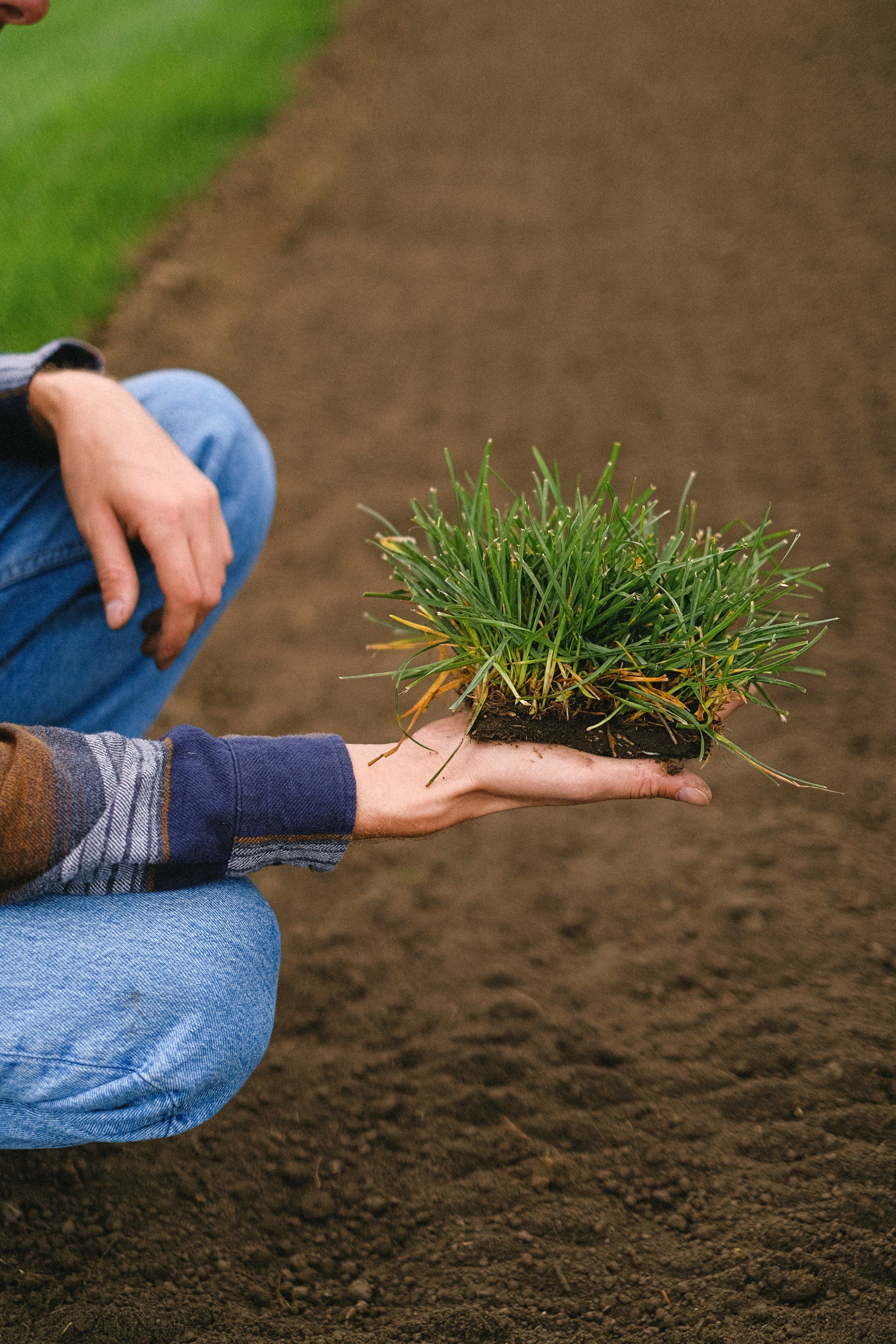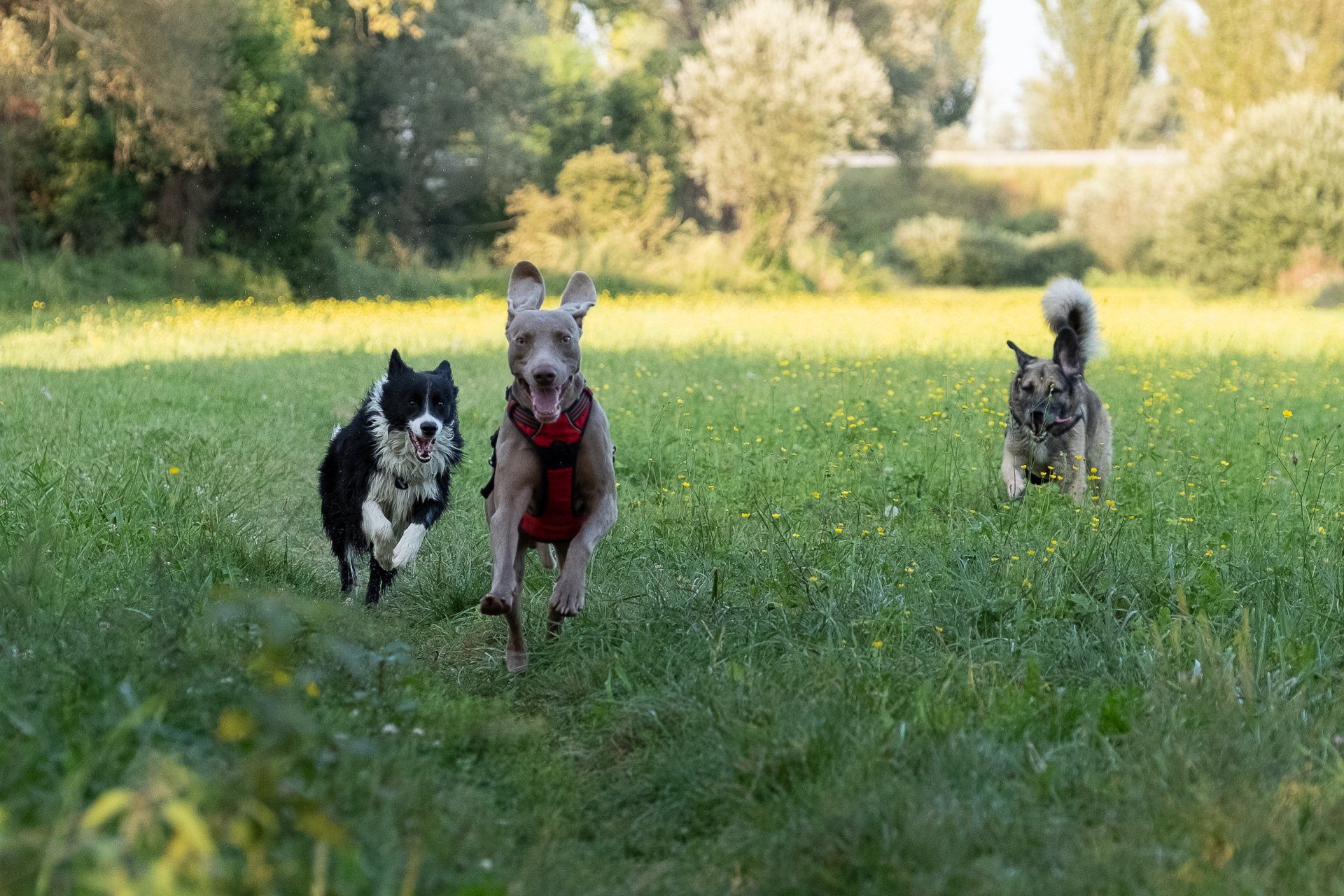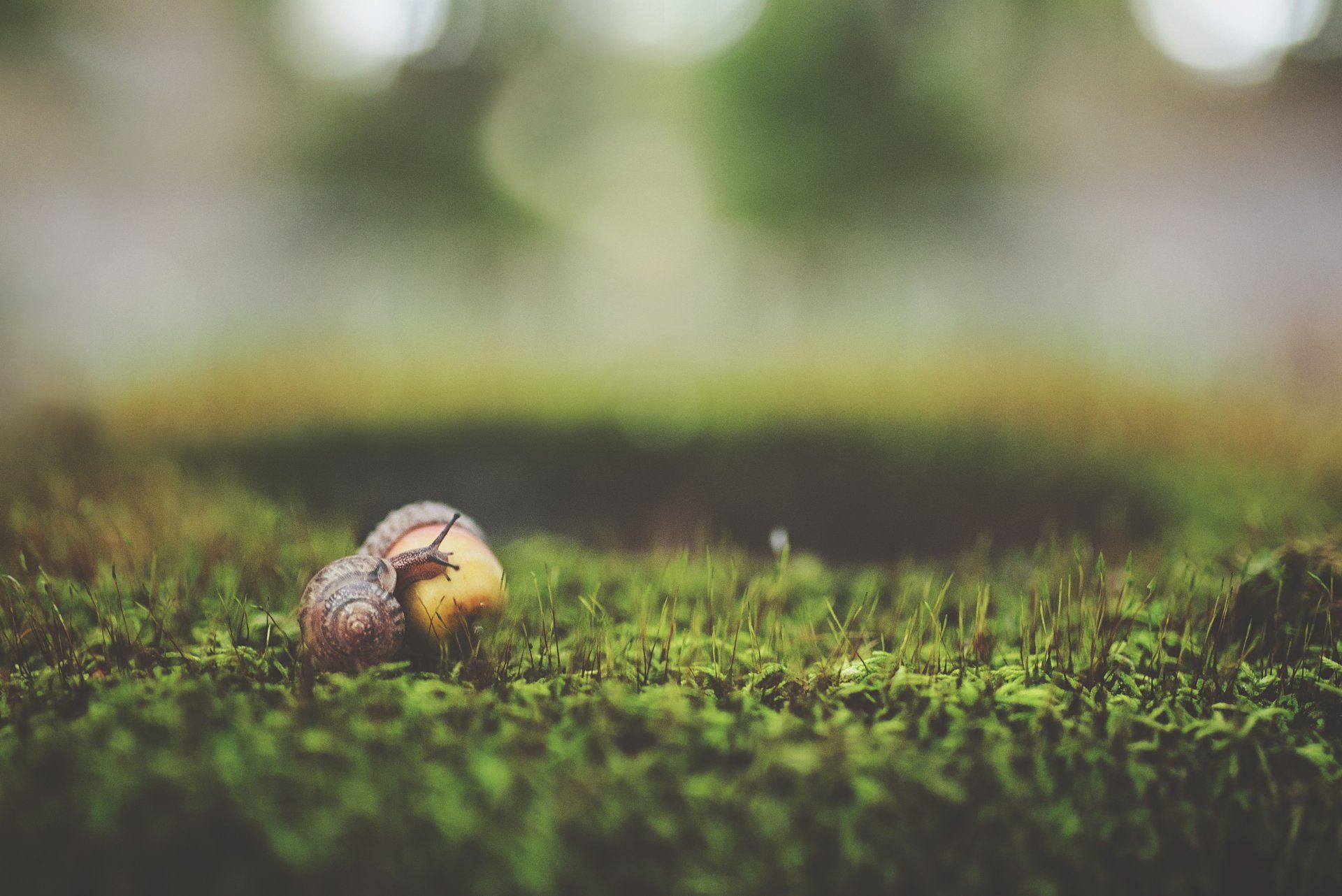How to Install Drip Irrigation
How to Install Drip Irrigation
An irrigation drip system can be an ideal option for people who want to cut down on time and expense while keeping their plants healthy and happy. With a few helpful tips from experts in landscaping, you can create your own drip irrigation system in only a few steps.
What is Drip Irrigation?
Drip irrigation makes it easier to take care to water your plant by using a set of strategically located hoses, valve emitters, and timers. When the system is turned on, the water flow is released in a steady flow that drips down the soil's surface over the plant's roots.
Benefits of Drip Irrigation
There are many ways you can water your garden and lawn, including hand watering or using an automatic sprinkler. Although each method can accomplish the task, however, none is as effective as drip irrigation. They provide the following benefits:
- Conserve water: Since the water is directly delivered to the surface of the earth, little or any water is lost through evaporation. Drip irrigation systems could make use of up to 50 percent less water than conventional methods, thus reducing your carbon footprint as well as your the cost of water per month.
- Reduce time spent: There's no setting or movement of sprinklers, nor time spent unwinding or winding the garden hose.
- Eliminate drift: Drift happens when the wind is carrying water that is intended for plants. It is an everyday occurrence in the event that water sprays through the sprinkler or hose.
- Installation is simple: Your DIY drip irrigation system can be set up within a matter of hours.
- Flexible: As your landscape changes or expands, the irrigation system can be adjusted as required.
- Increasing plant growth: Drip irrigation stops soil erosion and loss of nutrients, and since the water is slow to be delivered over a longer time, it helps to create and ensure an enviable root system.
How to Install Drip Irrigation
You'll need the below items. You may also buy the drip irrigation kit at most retailers for home improvements:
- Garden hose
- Automated timer
- Hose bib (Y connector in the shape of a Y)
- Lines of emission
- Backflow stopper
- Emitters
- Hole punch tool
- Filter
- Tee fitting
- Barbed connectors
- The clamps on the end of the hose
- Tubing stakes
- Pressure regulator
- T-fittings
- Plastic tubing 1/4-inch
- 1/2-inch plastic tubing
- Tape measures
1. Plan your actions.
Begin with a sketch and trace the space where you'll install the irrigation equipment. Take measurements of the area and calculate the flow rate that is required to provide water to every plant in the space.
2. Install the faucet.
Install the Y-shaped connector on the faucet, and then connect your timer and filter the adapter and pressure regulator and backflow stopper.
3. Set the tubing out.
The 1/2-inch tube should be connected to your faucet and then lay across your garden area in accordance with your plans. Utilize T-fittings to make branches or 90-degree bends.
4. Join the transmitters.
Utilize a hole punch to create holes in the tubing at the proper intervals. Insert an insulated connector with a barbed into each one, and then add an inch of tubing enough to extend to the base of the plants. Attach a dripper that has the amount of flow you desire and secure the tubing with stakes to make sure it's secured.
Ready to work with Landscape GroundExperts Grande Prairie?
Let's connect! We’re here to help.
Send us a message and we’ll be in touch.
Or give us a call today at 587-803-0516

